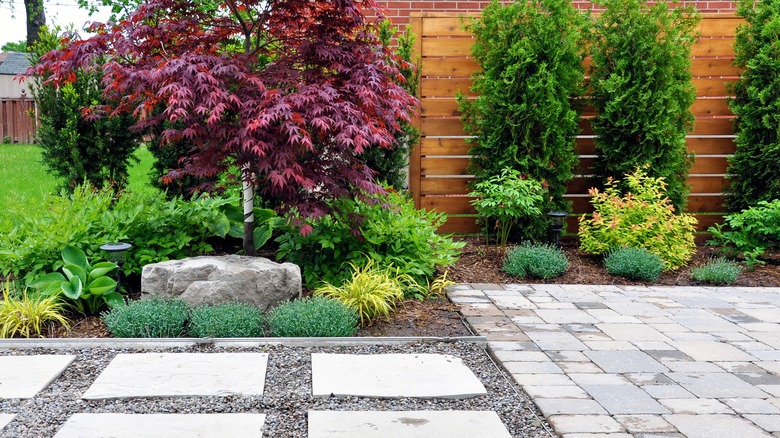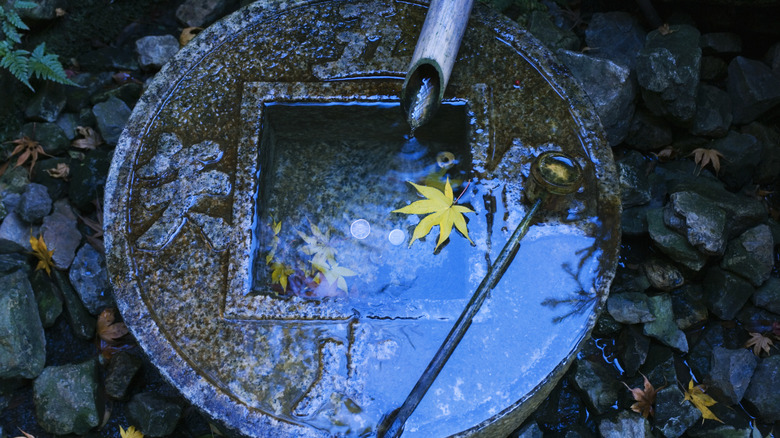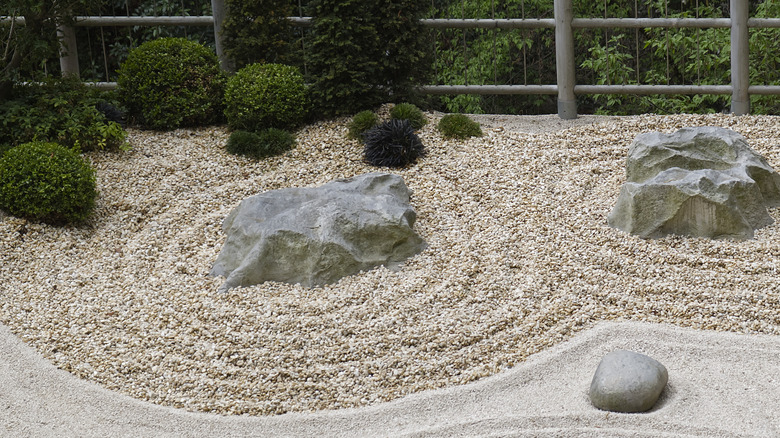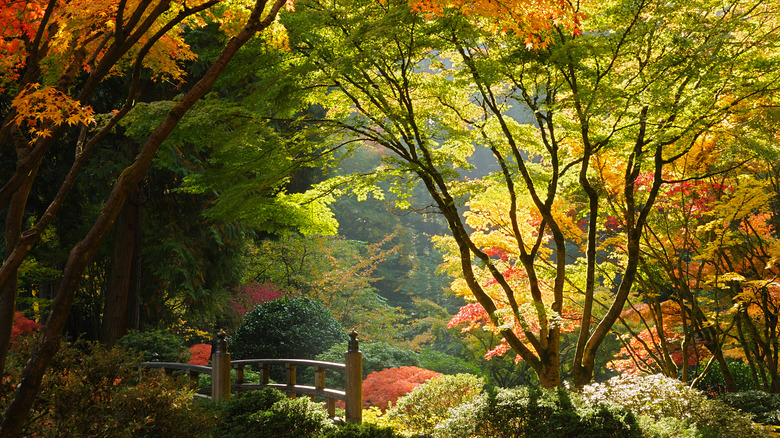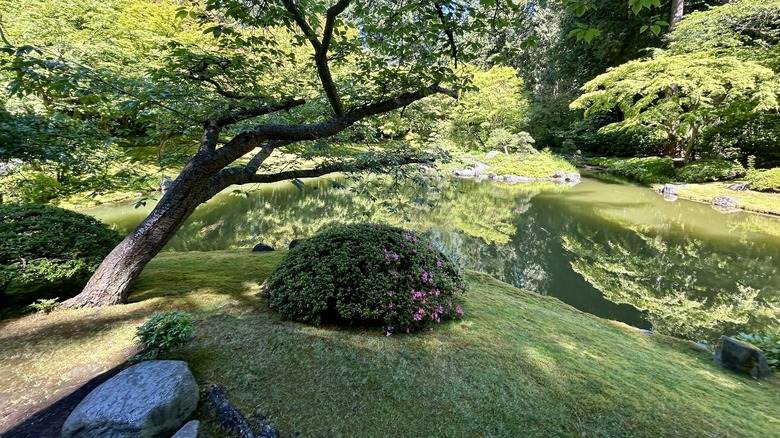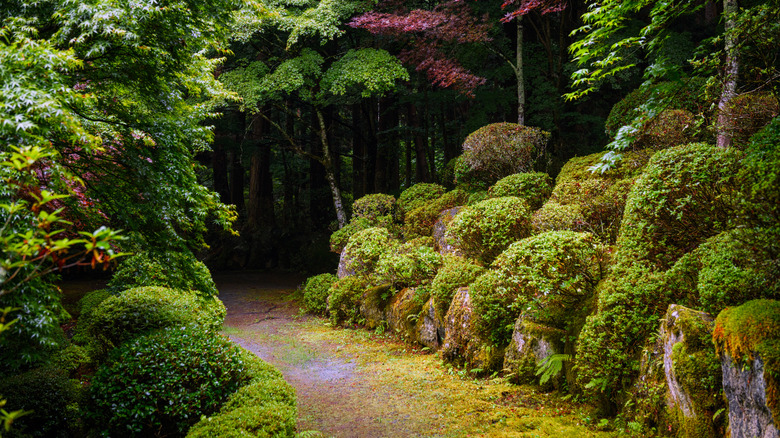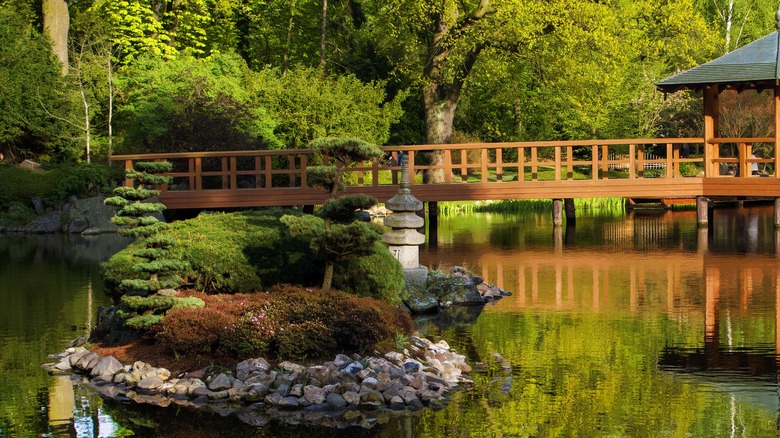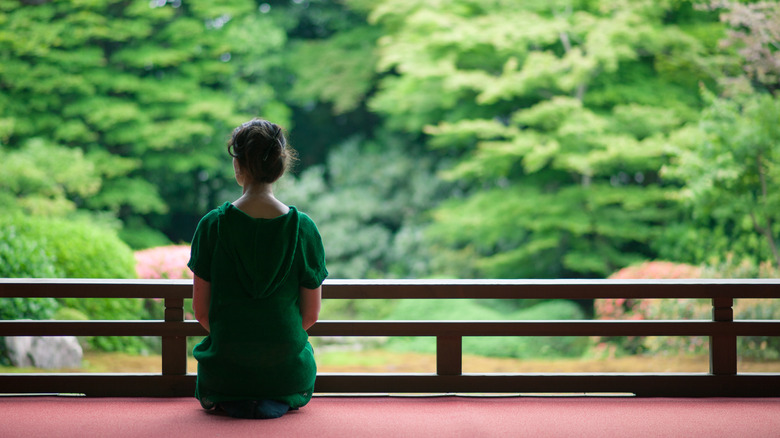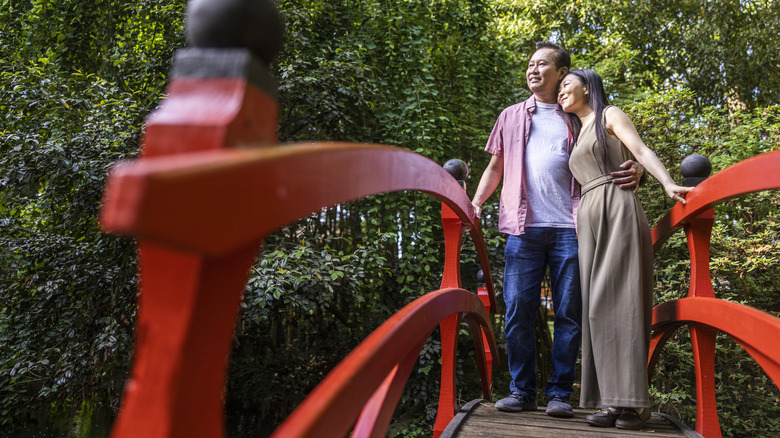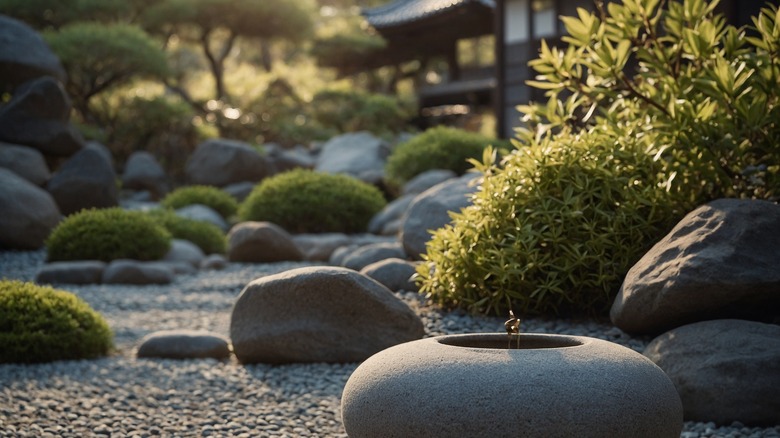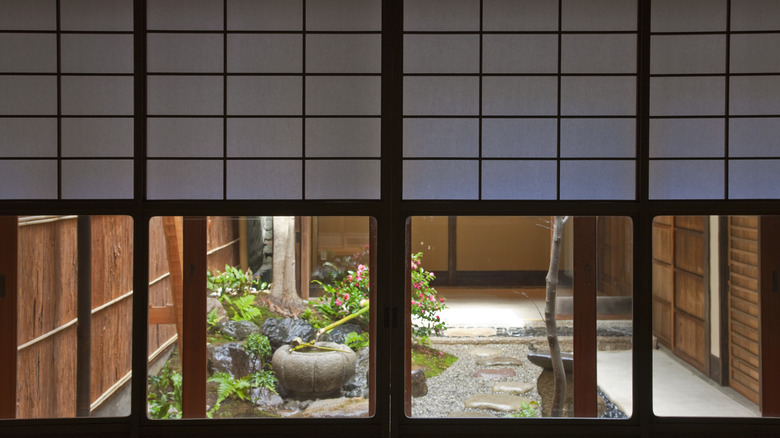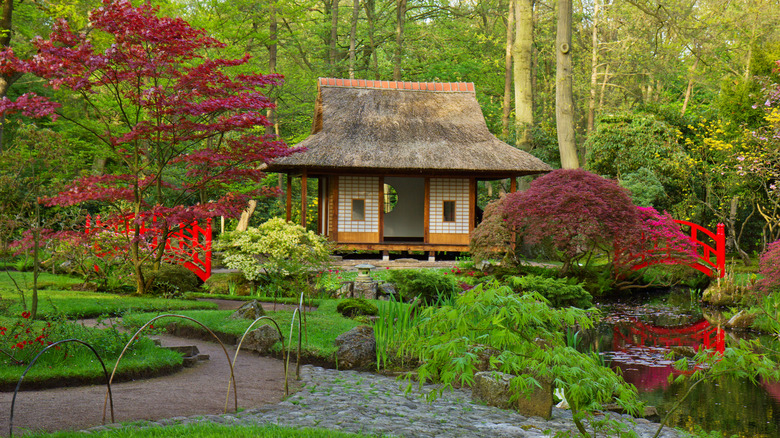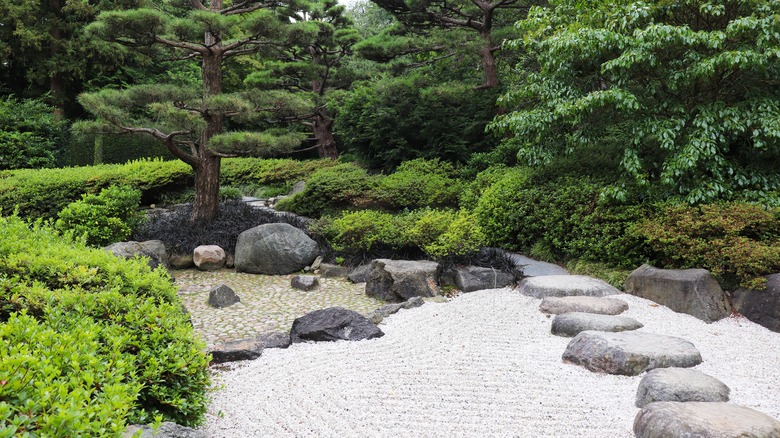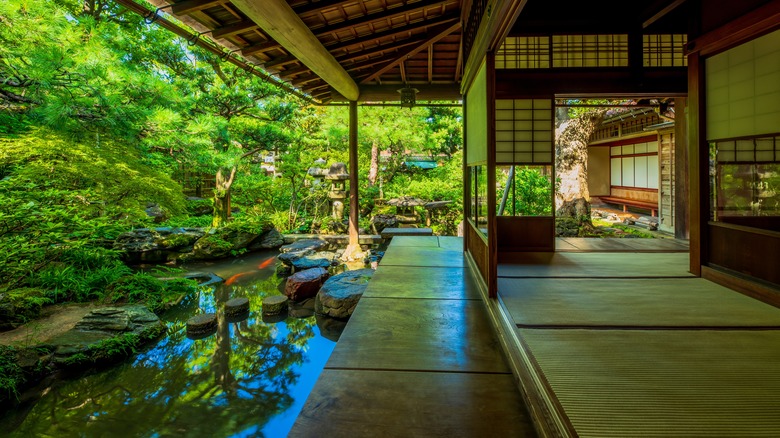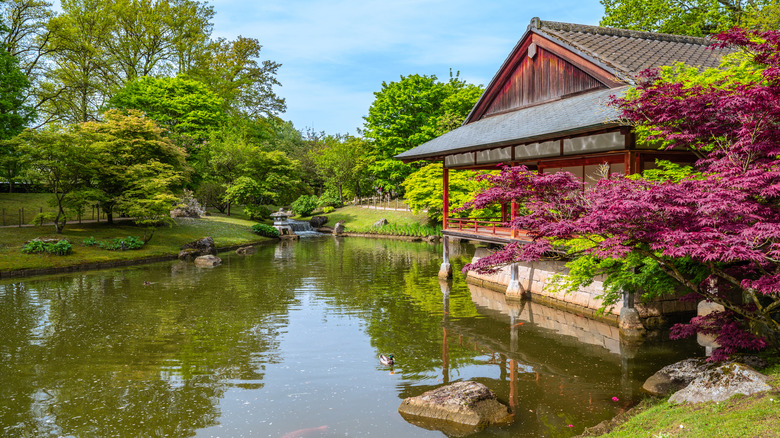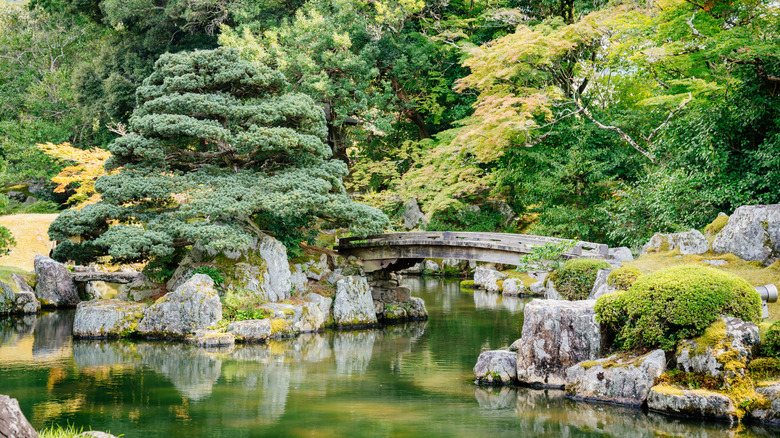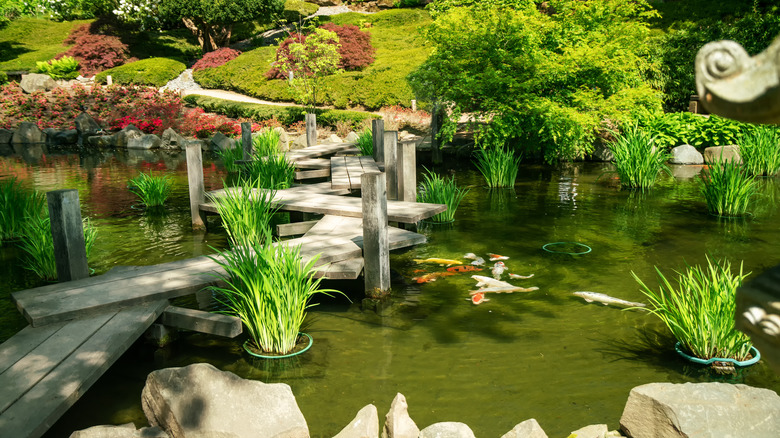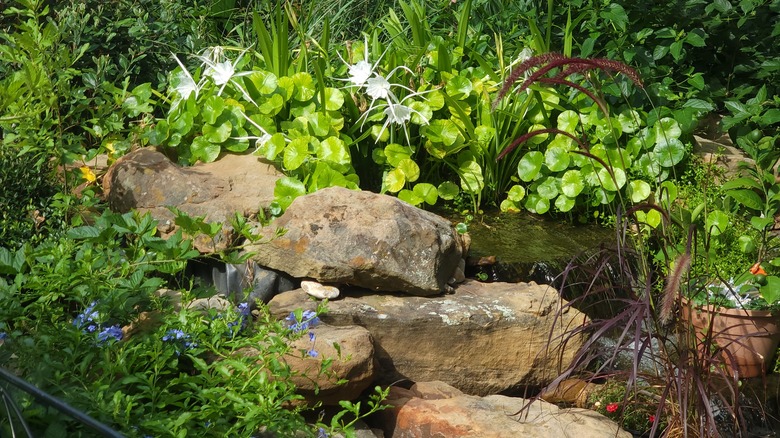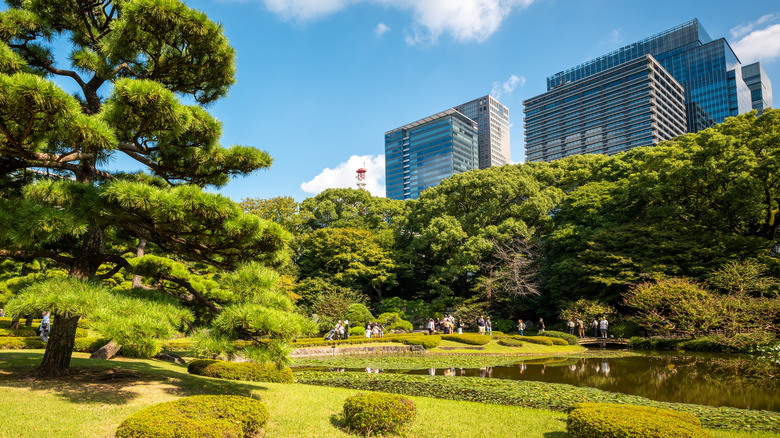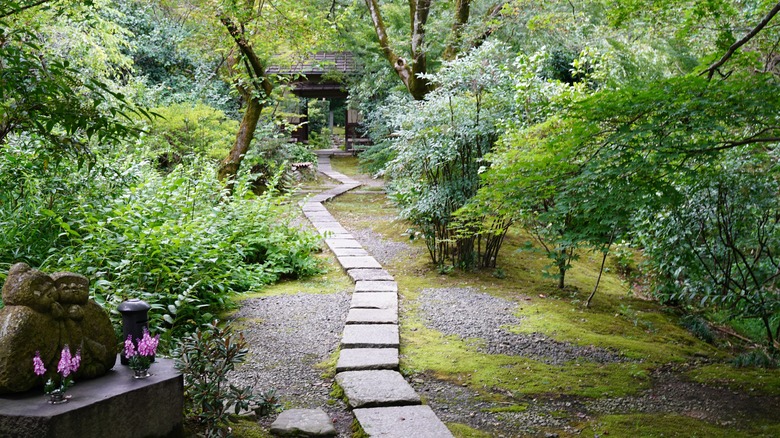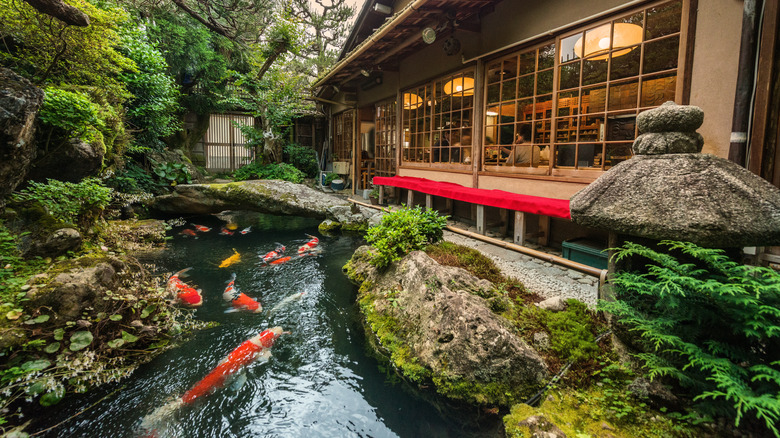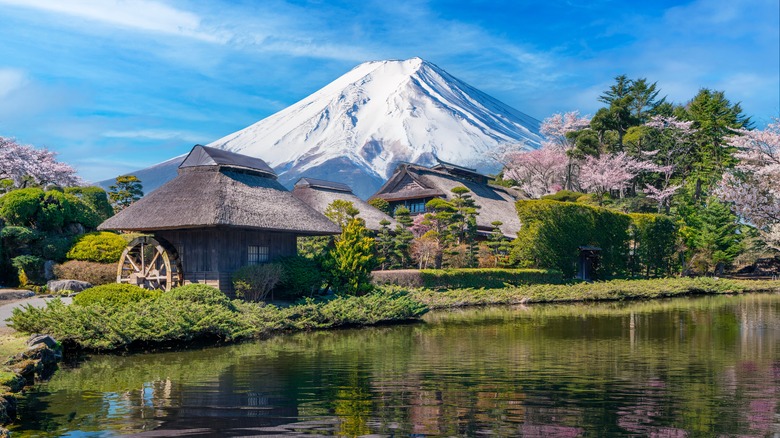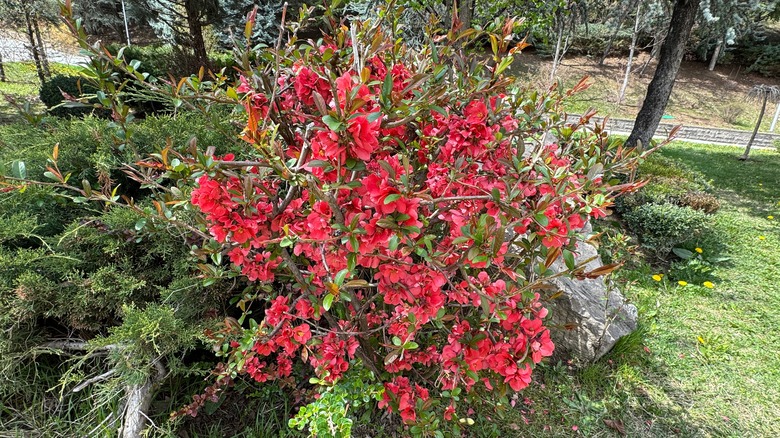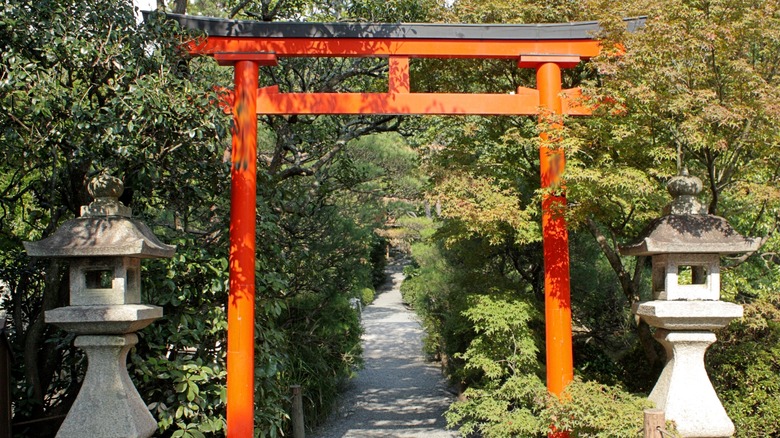23 Beautiful Japanese Garden Ideas And Inspiration
One of the extraordinary things about Japanese garden design is how immediately identifiable it is to the western eye, yet how thoroughly it defies description. Even when earnest instructors try very hard to usefully and accurately describe the art, to break it down into its constituent parts, many are left with an actionable checklist that will produce nothing like a traditional Japanese garden.
The way through is to copy it. This is both inspiration and practice. Inspiration takes a lot of forms, and when you want to do something you can't quite do, imitation is one of the ways inspiration can take shape and help you get there. Inspiration can be examples, or instruction, or even simply tips for designing your Japanese garden, so below you'll find all three.
We'll start with seven Zen-derived garden design principles that can inspire and guide you. These aren't religious principles or mere instructions for a Zen rock garden, but guidance for producing an aesthetically Japanese garden space. Then we'll look at structure, starting with the three common types of Japanese gardens and the three common elements that will be the building blocks of your garden. And, finally there are eight tips for putting these inspirations into practice.
Koko: the austere beauty of maturity
It is not necessary to incorporate all of the seven principles that inform Japanese garden design into your garden. But if you are inspired by them, it might be worth trying. Finding two matching definitions of koko is unusual, which is strange because the truth of the concept is so immediately obvious. The weathered stone is more a part of its environment than the scrubbed and polished stone, and is all the more beautiful for it. This concept of being grounded in the aged and imperfect is sometimes tied to wabi-sabi.
Kanso: simplicity
Kanso is one of those rare concepts that (unlike koko) everyone translates the same way. Since that translation is "simplicity," it really shouldn't be any other way. Elaboration would be counterproductive. Here we see different but correlative rejections of both messiness and ornament. It's a deeper minimalism, with more purpose and less dogmatism. Whatever you can leave out without damage should be left out, but whatever must be present will be present. One Japanese iris might fill the same need as 10, and your stepping stones are path enough without the need for edging.
Shizen: authentic naturalness
Shizen is naturalness in the context of a garden. In his book "Second Nature," Michael Pollan examines the interplay between nature and the garden and concludes, among many other things, that nature and the garden are in a nonstop negotiation with the gardener's mind. The natural authenticity asserts itself by not settling for superficial similarity — "See, I've lopped off half the tree like a weathered mountainside sapling!" — but a deep interrelationship that shows the garden as boundary between us and nature, including our own natures. Here we learn to be creative without artifice.
Fukinsei: asymmetry
In any natural scene larger than an organism but smaller than a celestial body, you will find no perfect symmetry. Beauty and harmony don't depend on symmetry, but on relationship. When you consider a garden cultivated and pruned for symmetry, it can seem like the gardener is at odds with the task, not absorbed by it. Irregularity, or fukinsei, is a first principle. If you find yourself constructing a walkway between two rows of identically pruned boxwoods, get rid of one row and let the other grow to be a bit more scattery.
Yugen: subtle hints at mystery
If many of the principles of Japanese garden design are obscure, yugen is most fittingly so. The idea is that something of value is both promised and kept hidden. A classic example is the winding path that hides your destination, but with enough care and intent that a reward is promised for your journey ... though it would be counter to yugen to ever fully reveal some explicit truth or goal and bring the journey to a sudden — or any — end. The garden pictured shows the simple mystery of a path into shadow.
Datsuzoku: the magic of surprise
If you have walked through a garden without datsuzoku, you have seen a garden that could be any man's work and no man's refuge. A place without surprise is unremarkable, and surprise comes from our own idiosyncratic preferences. Datsuzoku is how you make the garden your own without subverting any part of the aesthetic that you don't want to subvert. One way to bring datsuzoku to the table is through the inclusion of garden art — sculpture or craft that makes the space your own, and so is probably unexpected.
Seijaku: quietude and solitude
You can (and should) enjoy a Japanese garden with another, and some aspects of them are designed for this purpose. But to enjoy its stillness fully requires a solitary experience as well. These spaces are crafted with tranquil solitude in mind — a seat where one might read or have tea, or a space to stand and absorb without everything you experience attempting to absorb you instead. How about sitting quietly on the veranda adjoining a garden? Those garden verandas are common architectural features that ease the transition from interior to garden.
Types of Japanese gardens: the strolling garden
All of that Zen needs someplace to garden, and the place you give it will have an overarching type or purpose. There are various ways to categorize Japanese gardens, according to photographer Dr. Joshua Smith. It starts with the Japanese strolling garden as a place for wandering, often designed around a stream, pond, and/or waterfall. Though probably the most familiar type of Japanese garden to westerners, the strolling garden tends to be more stylistically varied. They always have walking paths, however.
Types of Japanese gardens: the dry rock garden
The dry rock garden (called a Zen garden when located at a Zen temple) is a place of meditation and contemplation, and the Zen garden has elements and meanings all its own. It's not necessarily a religious place, but is informed by the animistic Shinto concept that everything has a sacred force and interconnection. Ferns, bonsai, and boxwood topiary are appropriate for a dry rock garden. Remember that not all rock gardens must feature raked sand. You can use pebbles, too.
Types of Japanese gardens: the courtyard garden
The courtyard garden transforms an enclosed area into a scene that transports the visitor. Usually occupying only a tiny space, courtyard gardens are often central to a living space and take advantage of Japanese architecture's habit of blurring indoor-to-outdoor transitions. Consider using plants that can handle the inevitable shade of a courtyard garden, like azaleas. Many courtyard gardens demonstrate Japanese garden principles in practice, such as simplicity in the use of rocks, water, and plants, naturalistic plantings, and a smooth transition between the indoors and the outdoors.
Types of Japanese gardens: the tea garden
A tea garden only requires something that functions as its tea house. It can incorporate multiple garden styles, but is most often rustic and naturalistic compared with other styles of Japanese gardens. Tea gardens often contain multiple paths that lead to the tea house. There may be an entrance gate and inner and outer gardens. A Japanese maple can be used to great effect near the teahouse itself. And you will, of course, need the teahouse itself.
Elements of the garden: stone
What about the elements you'll find in Japanese gardens? None are surprising on their own, but all are highly valued. Stone is obviously honored in Japanese gardens, and not just Zen-style dry rock gardens. But stone doesn't just mean raked gravel or sand. Often boulders and large flat stones serving as stepping stones or simple decorations can create points of focus in the garden. Stone can also be represented by more uniform, level rock pathways of constant width.
Elements of the garden: water
Whether a small water feature or a large living pond, including naturalistic waterfalls and anything else in between, Japanese gardens usually (and courtyard gardens always) feature a water element. A residential garden in Japan can demonstrate the importance of water. Imagine a home interior that opens fully to the garden path, running alongside a koi pond, with a veranda by the water. Low windows or traditional Japanese sliding panel doors can guide one's eyes to the pond beyond.
Elements of the garden: plants
Plants are obviously what most profoundly connects a garden to the natural world, but part of that connection is the potential for disconnection or over-connection. Showy flowers, for example, would be thought of as having an unbalancing effect in a Japanese garden. Even cherry trees are used minimally if at all, usually because of their potential to over-focus attention on a single object or view in a larger and more complex environment. Traditional gardens might make use of iris, balloon flower (Platycodon), liriope, azalea, and rhododendron.
Garden tips: limit your palette
It's counterintuitive to the western gardener, but it's important to understand that the typical Japanese garden is not a flower garden. Let foliage bring the variety, along with moss, weathered stone, and wood. Blooms are, of course, as beautiful here as anywhere else — but they are a part of the experience, not the point of the experience. You can bring in varieties of green with the gray- and blue-greens of sedges, hostas, dwarf conifers, and some ornamental grasses.
Garden tips: the path is the destination
In a tea garden, you should have some sort of seating area that will serve as the tea house itself. But more important, and often more difficult, is the path to the tea house. Space limitations might push you toward creative solutions, like using taller plants along the side of the path than you normally would in a western garden. If nandina isn't invasive in your region, it might work. Let the journey along your tea garden path seem like little more than a few steps.
Garden tips: the mystery is the message
Yugen, the Zen principle of subtly hinting at mystery in your garden design, is not really the point of the garden. But it is a way of cultivating wonder that adds so much interest you shouldn't avoid it. Yugen can be as simple as obscuring the ordinary; hiding an otherwise mundane stone or trickle of water or planting does more for the experience of that thing than it could ever manage without yugen.
Garden tips: screen out the unnatural
Some of the most misguided attempts at Japanese-style gardens plop a few elements among the angular artifacts of daily life. Your purpose isn't to soften suburban fences or urban cityscapes, but to eliminate them entirely from the experience of the garden. Whether it's by growing bamboo as a fence, an artificial hill with tall plants, or trees pruned to resemble a mountainscape and hide the city beyond, keep the garden space isolated from such distractions.
Garden tips: model only the best of the natural world
This might seem obvious, but when trying to cultivate a garden space that evokes the natural, only borrow the best and most effective elements from the natural world. It's easy to get caught up in the philosophy, or even in the minutiae of pruning, and miss the point that a garden is defined by maintenance. Letting yours go to seed will be natural, but not naturalistic. One implication is that you can get by with a camellia and a few azaleas where actual woodlands might be choked with undergrowth.
Garden tips: use overlapping shapes and elements
Just as a riot of blooms or vigorous spring foliage isn't enough distraction to obscure the geometry of the structured cottage garden, you can't evoke the natural world by having everything stay in its lane. Natural things meld together. They erode, undercut, overgrow, fall across, flow over and around, and get blown about in unstructured ways. Let stones overlap your stream, and allow ground covers to fight it out at their borders. Plants, rocks, and moss can overlap gracefully.
Garden tips: mimic the landscape
This is a foreign concept to many of us, but it's traditional in Japanese garden design to recreate habitat and habits of the land around you. Echo the mountains and valleys you love with careful attention. While it's unlikely that anyone else will ever point out the depth and character it brings to your garden, they will notice it more deeply in appreciation that doesn't bother to surface in words. If you're creating this kind of structure, take care to use evergreens that will keep the tableau intact year-round.
Garden tips: use native plants natively
It's a strange bit of advice for creating a Japanese garden in the west, but plants will show their beauty most completely when allowed to exist in the world as they prefer to. You're still cultivating, still gardening, but also allowing your plants to roam until you must reign them in. U.S. natives like azalea, crepe myrtle, holly, and magnolias work well in a Japanese-style garden. A dogwood in full sun will fill the role of a cherry in bloom nicely, and a dogwood in partial shade adds delicate beauty without being showy.
Garden tips: install a gate
Garden gates are traditional for many Japanese gardens as a means to formalize the transition from outside the garden to inside. A Torii (a Shinto-style gate) in orange or red can mark the entrance to a serene garden, especially when flanked by stone lanterns. It is traditional to emphasize the entrance of some Japanese gardens with dramatic gates and ornament. Gates can be simple or elaborate, and weathered brown or a dramatic red or orange hue, as you prefer.
